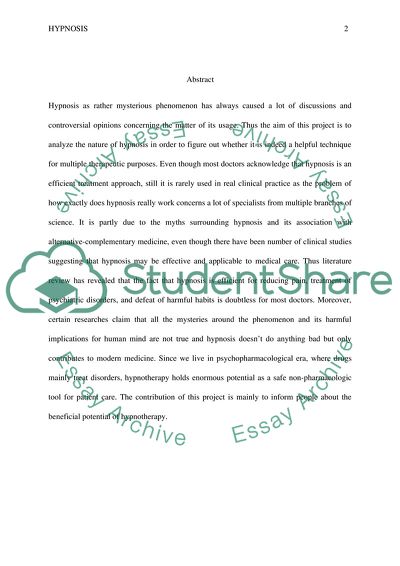Cite this document
(“Benefits and Limitations of Hypnotherapy Research Paper”, n.d.)
Benefits and Limitations of Hypnotherapy Research Paper. Retrieved from https://studentshare.org/psychology/1690307-benefits-and-limitations-of-hypnotherapy
Benefits and Limitations of Hypnotherapy Research Paper. Retrieved from https://studentshare.org/psychology/1690307-benefits-and-limitations-of-hypnotherapy
(Benefits and Limitations of Hypnotherapy Research Paper)
Benefits and Limitations of Hypnotherapy Research Paper. https://studentshare.org/psychology/1690307-benefits-and-limitations-of-hypnotherapy.
Benefits and Limitations of Hypnotherapy Research Paper. https://studentshare.org/psychology/1690307-benefits-and-limitations-of-hypnotherapy.
“Benefits and Limitations of Hypnotherapy Research Paper”, n.d. https://studentshare.org/psychology/1690307-benefits-and-limitations-of-hypnotherapy.


